At the end of last year, my friend, David Mihm made a statement that got me thinking. He said:
“SEO will not die in 2017. But the number of beneficiaries of organic visibility from Google will decline dramatically.”
Intriguing, isn’t it? And also so true. Particularly, if you consider how the digital landscape has changed in the last couple of years.
Recently, we invited David along with Paul Martin, Sr. SEO Specialist, from Grainger to expand on this thought further and participate as industry experts in webinar about local optimization. They talked about new strategies you need to achieve success in the today’s search landscape.
And below is a quick run through of what they shared.
(Note, at the end of this post, you’ll also find access to watch the entire webinar. It's worth watching!)
The New Local Search Landscape in Context
I’m sure we can all agree that the Google’s strategic position of local search has changed dramatically in the last couple of years. It had to. After all, it would be insane for any company with such a tremendous power to avail of user trends to ignore data like this.
For example, here’s the local search query volume data in the United States from 2014 to 2019, by platform (in billions) (by Statista)
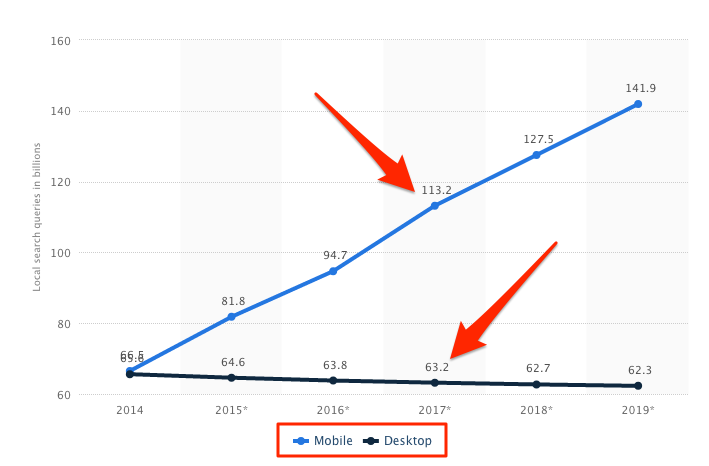
(source)
Notice the difference between mobile and desktop. Shocking, huh?
But that’s not all!
In some industries, up to 72% of searches are initiated on mobile devices. See the full breakdown of this data from Hitwise:
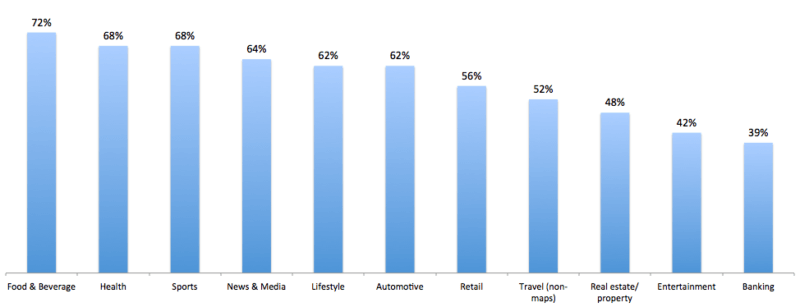
(source)
And then, there is voice search which is slowly becoming our primary method for finding local information. Here’s some data to prove it:
- In 2015, searches conducted through virtual assistants had jumped from practically zero to 10% of overall search volume globally.
- Today, as many as 20% of mobile queries are conducted by voice search.
- Recent predictions by ComScore, within the next 3 years, this number is going to more than double.
But how does all that affect local search?
For one, all this data reveals that although customers look for local data on their mobile devices, they don’t necessarily browse the actual search results. When using voice search, they receive recommendations and answers to their problems directly from the device.
And even if they look at the SERPs, they often don’t go past the first result. Here, take a look:
![]()
(source)
This eye tracking study by Traveltripper proved that searchers don’t use the famous F-Shaped pattern when viewing search results.
Instead, as the study discovered:
“[...] the results resembled much more like a backwards C, with users starting from top left and moving to the right and down, before going back to the left column where the organic listings were.”
Here’s the pattern in the context of a typical search page:
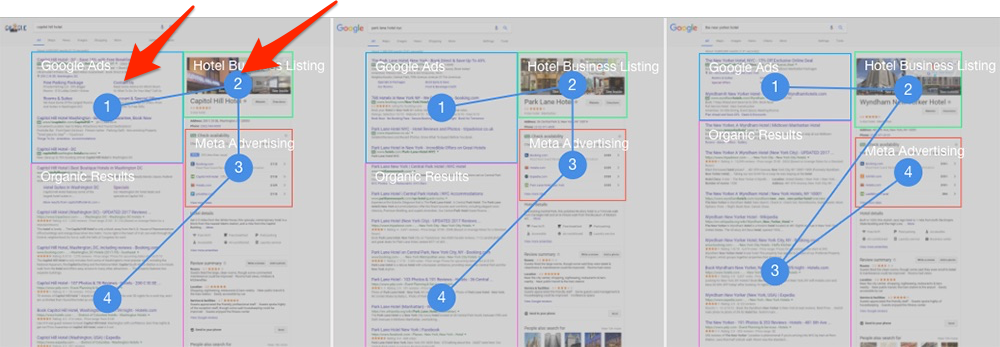
(source)
Note that after viewing Adwords ads, users typically move to the local box in the sidebar, and only after exhausting all those options, they focus their attention on organic listings. After seeing this, I understand what David Mihm said by stating the following (quoted from this post) [note, the emphasis in bold is mine]:
“Many local marketing practitioners continue to use the adage “if you aren’t on the first page of Google results, you’re invisible.”
That’s already out-of-date and about to be wildly out-of-date. We’ll soon be saying–maybe not by the end of this year, but soon enough–“if you’re not the first result on Google, you’re invisible.”
And here are some ideas from David and Paul about optimizing your site for the new local search.
The basic requirements.
During the webinar, David discussed the foundation factors for the local search success. In his words:
“Practically speaking, the basic elements of a local search campaign have become table stakes.”
And what are they?
- Location landing pages that are discoverable by Google, and optimized to position your business within a certain location.
- Properly optimized Google My Business submission, with relevant and up-to-date information.
- Having the accurate data in critical sites and business directories within your digital ecosystem (for example, primary data aggregators, consumer portals, key local sites in your industry).
- Citations, still one of the top local ranking factors.
- Reviews, ideally relevant to that particular location.
The above are the must-have minimum entry requirements for any website wishing to rank in local search.
But they aren’t the deciding factors. At least not anymore.
Given all that we’ve discussed above regarding how customers user local search today, businesses should focus on new differentiating factors if they want to remain visible to their audience. In particular:
Listing Optimization
You know, you could easily say that your GMB listing is nothing but an API for Google (and note, that’s David’s idea, not mine). Just think how often the search engine pulls out that data to display directly to users, and that’s often before they even see the SERP result.
Here, let me show you.
Take a look at these search results.
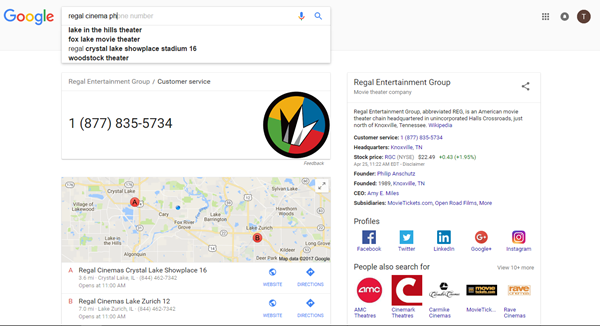
Notice how the search engine provides the answer right at the top of SERPs, without forcing you to review anything else on the page?
But it gets better. A friend of mine from Ireland noticed that, in google.ie, the search engine shows the phone number right in the suggestions. Meaning that a user doesn’t even need to see the actual SERPs to get it.
Take a look (note, screenshot from google.ie on Chrome):
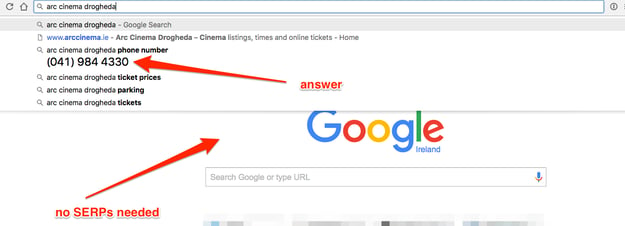
But where does Google take that information from?
Exactly, your data. Having the most up to date, and well-optimized Google listing is the key factor that’s going to influence your local visibility moving forward.
Sidenote: Seeing the above makes the following data unsurprisingly obvious.
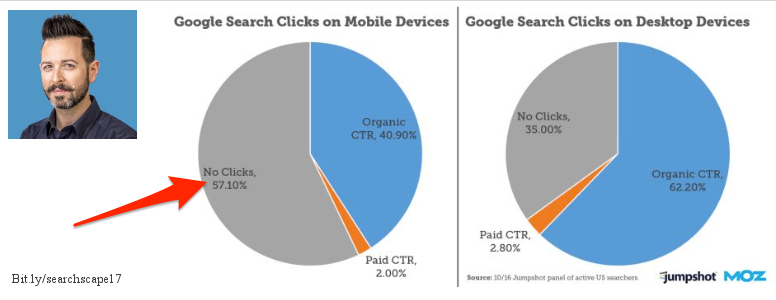
(A slide from the webinar)
After all, why would users need to click if Google provides them with the most important information within the results?
Reviews Management
Reviews work because they build engagement. Simple.
As David points, they contribute to the Entity Authority. However, the term entity may still be quite confusing. So let me use Paul Bruemmer’s definition to describe it further:
“[...] entities are people, places or things. One way of introducing entities is to recognize that Google’s Knowledge Graph is an entity graph and represents Google’s first step toward utilizing semantic search (or entity search).”
Bots use entities to better understand a searcher’s intent, and in turn, provide a more relevant answer to a search query. And reviews that focus on or come from a specific location are one of the three ways (along with links and citations) to build that entity authority, helping to position your site at the top for relevant searches.
Insights Driven Strategy
Finally, to win in the new local search landscape, you need data. And lots of it at that. Moreover, you need a clear way to process and correlate it. And that’s particularly true if your organization operates in multiple locations, nation- or worldwide.
You need a way to understand your customers’ buying intent depending on their location. And then, use that to improve various areas of your business. The same goes for reviews. Comparing feedback from different locations can reveal which customers might need special attention.
Analyzing local search queries might help you identify what information is important for your various customers:
- Directions to your business,
- Engaging content,
- Quick response when they call, and much more.
And finally, knowing where local customers find your business will help you calculate the ROI of citation building.
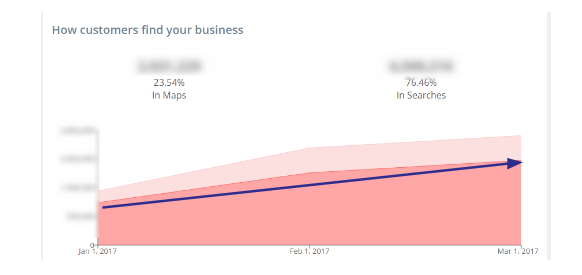
(A slide from the webinar)
That’s exactly the insight delivered by our new local search platform, LocalClarity. Sign up for free beta access to test our location optimization, review management, and local search insights generation platform.
To view the full webinar, check it out here.




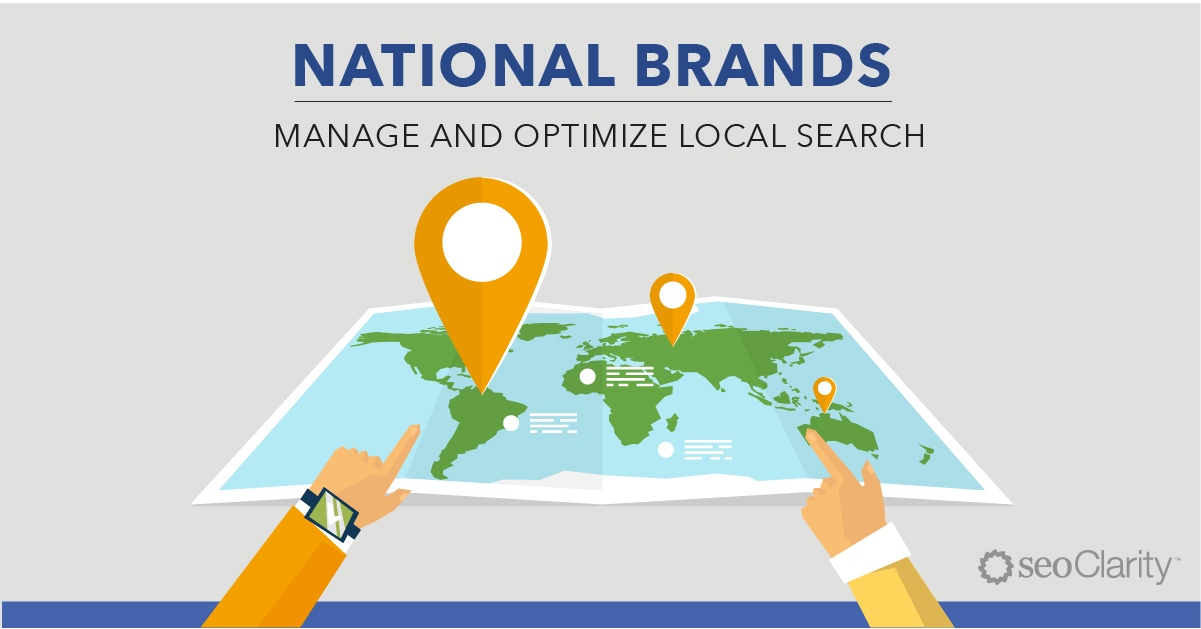
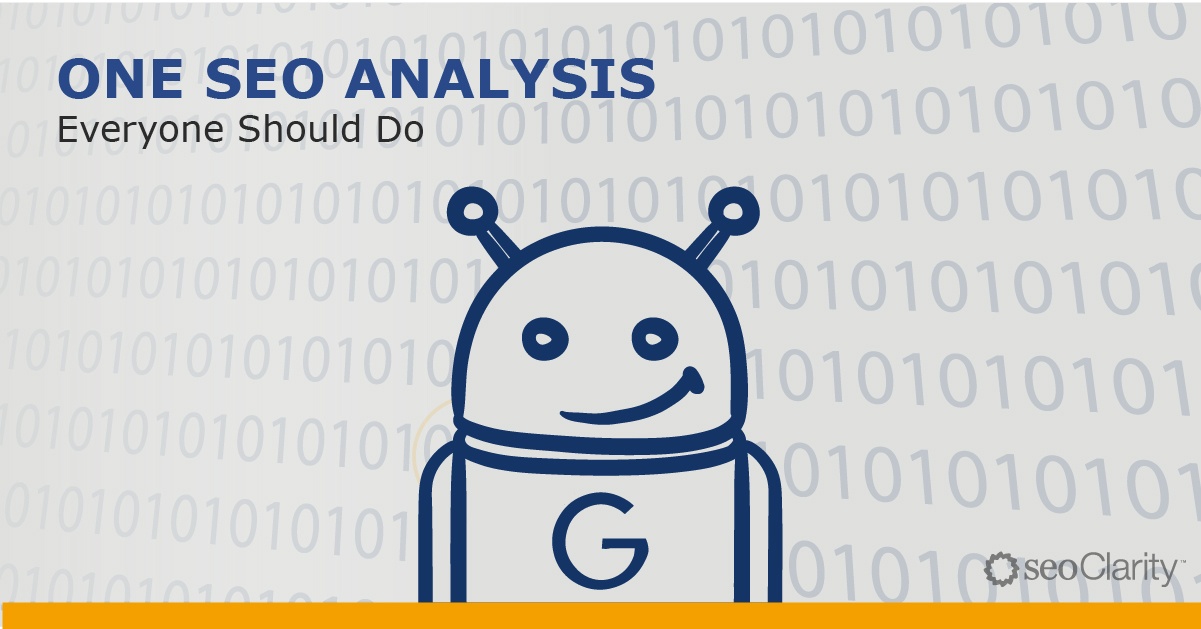
4 Comments
Click here to read/write comments